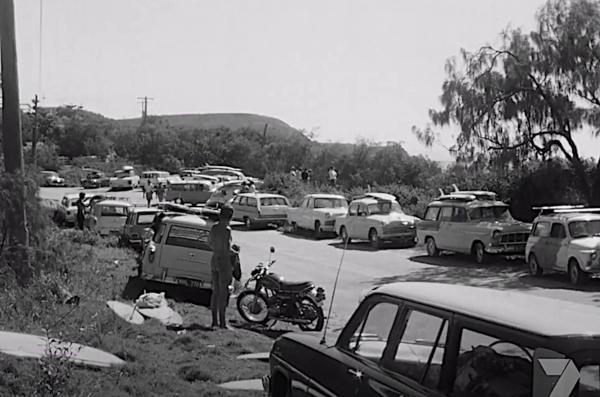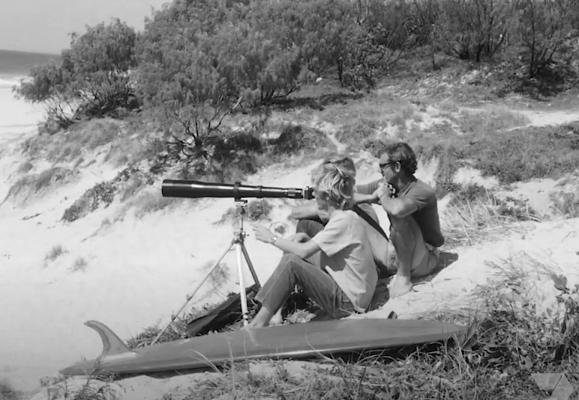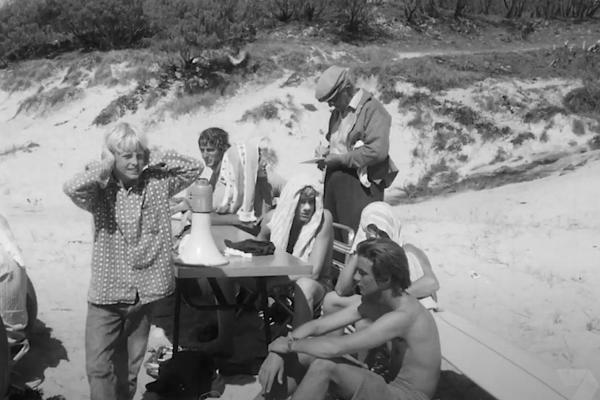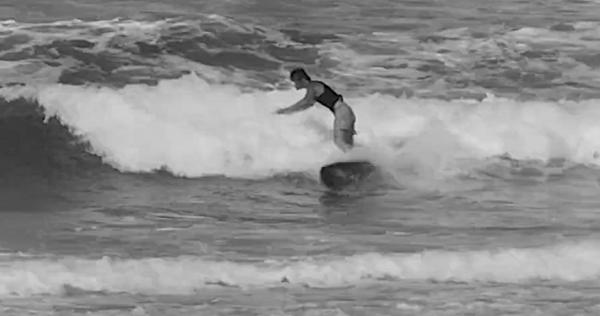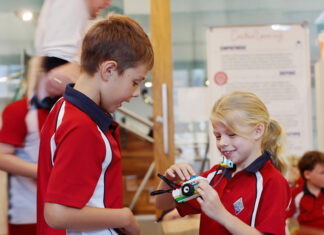My colleagues on the stewardship committee of the Noosa World Surfing Reserve and I have been working over the past couple of months to help build the framework for proposed State government legislation to protect Queensland’s two World Surfing Reserves, Noosa and the Southern Gold Coast.
The legislation was flagged by the Premier at the launch of the Global Wave Conference on the Gold Coast last February, but then along came Covid-19, and suddenly we find ourselves with backs to the wall, trying to deliver a working model in time for legislation to be drafted ahead of the State election at the end of October. And what further complicates this process is that we are reaching into the unknown. Although specific legislation to protect surfing areas exists in other parts of the world – notably New Zealand – in Australia, while we have laws governing marine reserves and bathing reserves, we have none that cover surfing reserves.
And protection in this context means both from within and without.
When Noosa became a National Surfing Reserve in 2015, and then a World Surfing Reserve earlier this year, we established the designated area for protection, covering the five world class point breaks and four beach breaks between North Sunshine and the Noosa River mouth. About half the shoreline access to these breaks is within the Noosa National Park, which already offers a degree of protection from development and commercial activity, but the Noosa Bathing Reserve, the jurisdiction of council lifeguards and Noosa SLSC patrols and water operations, covers only from Access 9 to Access 25 – effectively from the river mouth groyne to the National Park gates.
The majority of people on our committee want the legislation to extend the bathing reserve so that it covers the surf breaks within the National Park, not to increase the duty of care of the lifesavers – although they frequently ignore the boundary in order to save lives on the outer bays – but so that all of the surf breaks within the World Surfing Reserve have the same protections from boats and personal water craft. This is not to suggest that we seek to ban either, just limit their use so that they don’t impede the use of our surf breaks for all surfers, in the same way that they are limited in the existing bathing reserve.
The surfing community is not quite of one voice about this – some hero surfers demand the right to tow in (only remotely possible on Noosa’s points on a handful of days a year anyway) whenever they want, no matter how many paddle surfers are in the water. Let’s hope that this issue can be resolved to the satisfaction of all, because the Noosa World Surfing Reserve does not want to see our point breaks become a dangerous circus like Kirra on the Gold Coast every swell event.
There are many other issues that we’re working through at the moment but the rules needed to create safe surfing zones for all seem to be the most vexing at the moment. If you’re a surfer with an informed opinion that you want to share please contact me at phil.jarratt@noosatoday.com.au
When Noosa went pro
Jane Harding, our Noosa Heritage co-ordinator, this week shared a classic piece of Noosa surfing history, which will be seen for the first time ever by a whole generation of local surfers.
Jane wrote: “My colleagues in Gympie have just finished a project to digitize some old Channel 7 news footage, including approximately five minutes of a 1969 surfing competition at Noosa. I’m pretty sure it’s the same competition that the library has still images of, courtesy of Bill Griffiths.”
Correct, Jane, and the few images shot by Sam, dad of Bill and founder of the Noosa News, back in 1968, were pretty much all we had of this historic event until the emergence of this digitized footage. Here’s the backstory.
In 1968, Noosa Heads Surfriders was founded with legendary surf traveller Peter Troy as president. Troy was a good organiser and within a few months he and a committee of surfers presented Australia’s first “professional” surfing contest, the Noosa Heads Open, which boasted over $1,000 in prizes and cash -astounding for the times – and was taken out by Gold Coast goofy footy Graham Black.
Not surprisingly, the 1969 Noosa Open, won by Sydney superstar Ted Spencer, featured many of Australia’s leading surfers. (Butch Cooney won the junior mens, Phyllis O’Donnel the womens.) I’ve pulled a few screen shots to show you in print, but if you go to the digital Noosa Today or find this column on our Facebook page, you can see the link to the Youtube footage. Hari Ted is visible, cranking big cutties in the shorebreak at Sunshine, while Sunny Coaster Kim McKenzie can be seen ripping up the lefts.
Link for digital edition:

